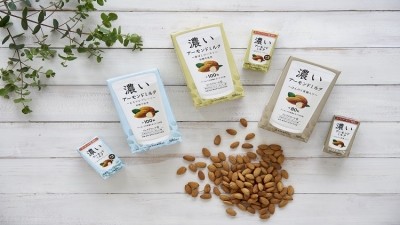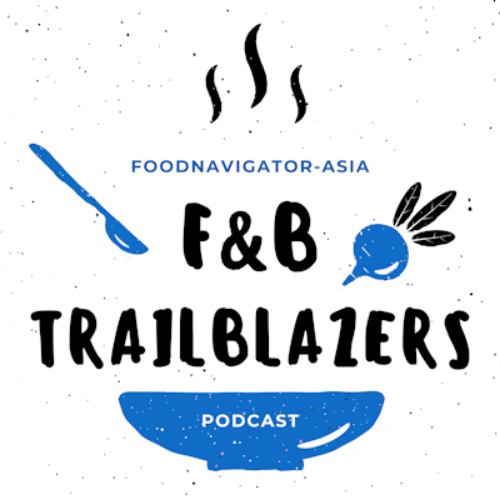Gluten alert: 3% of Australian on-shelf gluten-free foods found to fail ‘no detectable gluten’ standards

The researchers identified 256 ‘gluten-free’ items that were most commonly purchased in Australia and were also obtainable from retail outets via a consumer activity database, The Nielsen Company Homescan Online.
Upon obtaining these items, these were homogenised and analysed for gluten presence. The limits set were 5 mg/kg (parts per million, ppm) for quantification and 1 ppm for detection. The relevant manufacturers were quickly informed if detectable gluten was identified.
“Seven samples (~3%) from six manufacturers contained detectable gluten at levels of up to 49 ppm,” said the report.
“Two of these samples were from the same manufacturer and contained the same two ingredients (not named to protect identity of the manufacturer).
“One of the seven items had already been recalled by its manufacturer; follow-up batches of five of the other six items also contained quantifiable levels of gluten.”
The authors added that apart from the 3% of identified products being non-compliant with national ‘no detectable gluten’ standards, two of the products also contained gluten at levels exceeding the requirements of less strict standards like the Codex Alimentarius CODEX (Europe) and US FDA.
“While the gluten content per standard food serve was generally low, [some items like a] 3 mg gluten per serve of ‘gluten-free’ pasta could be harmful, especially if consumed frequently,” the authors added.
Although 3% may seem like a small number, this could have long-term negative effects for consumers with gluten allergies, sensitivities or coeliac disease who need to stay away from the gluten protein.
Speaking to ABC News, researcher Jason Tye-Din said: “Coeliac disease can cause multiple effects in the body apart from just a tummy upset — issues like anaemia, infertility, liver disease, some forms of cancer and osteoporosis.
“Even though the vast majority of the products are very safe, there is a signal here that perhaps there could be an improvement in practices.”
“People who require a strict gluten-free diet should be able to trust it conforms to the national standard and that it will be safe for them to eat.”
Reason for concern
Earlier in the year, Dr Tye-Din participated in another, similar study on ‘gluten-free’ foods from food outlets in Melbourne.
The results here were actually even more concerning. Of 127 food businesses in Melbourne advertising gluten-free options that were tested, 158 samples were taken and 14 of these, or some 9%, were found to contain detectable gluten.
“Medical treatment of coeliac disease includes a lifelong strictly gluten-free diet and is compromised by exposure to even small (milligram) amounts of gluten,” wrote the authors.
“[Of the 14 samples with detectable gluten], nine […] contained more than 20 parts per million (ppm) gluten, regarded as the upper threshold for safe gluten intake in Europe and the United States.
“One business provided wheat-based foods (> 80 ppm gluten) despite a gluten-free meal being requested, reflecting the lack of understanding reported by many people with coeliac disease.”
The authors concluded that gluten can be found at ‘clinically significant’ levels at Melbourne food outlets, and urged these businesses to improve staff training and knowledge with regard to gluten-free foods as well as coeliac disease.
Source: The Medical Journal of Australia
Study: Gluten in “gluten-free” manufactured foods in Australia: a cross-sectional study
Authors: Halmos, E.P. et. al.


















